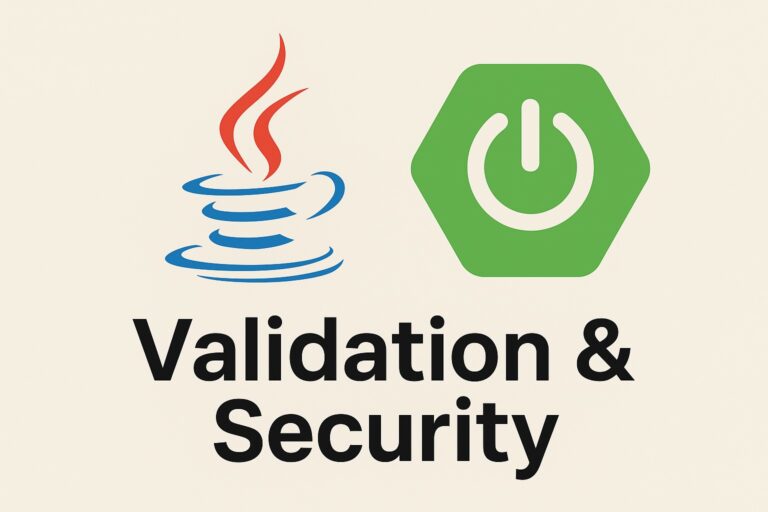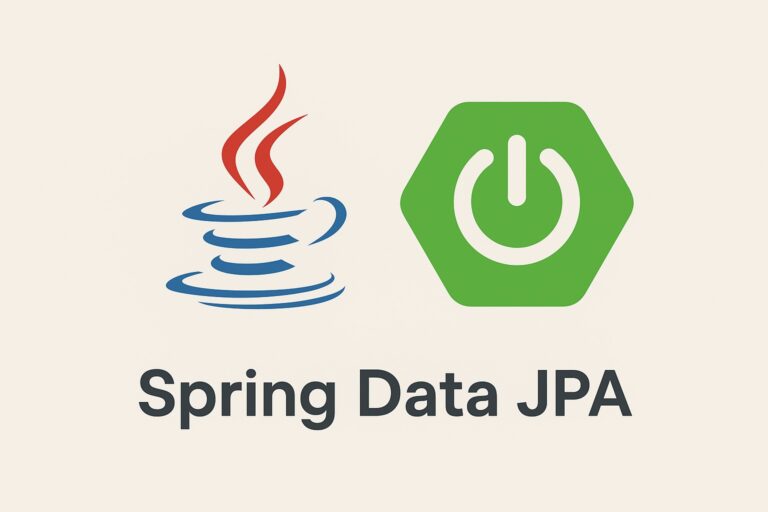Introduction
Spring Boot provides two primary ways to make HTTP calls: RestTemplate and WebClient. While RestTemplate has been a long-standing option, WebClient is the newer and more flexible alternative, introduced in Spring WebFlux. This article explores their differences, use cases, and best practices.
1. What is RestTemplate?
RestTemplate is a synchronous HTTP client provided by Spring for making RESTful web service calls. It was widely used in Spring applications but has been deprecated in favor of WebClient.
Example Usage:
import org.springframework.web.client.RestTemplate;
import org.springframework.http.ResponseEntity;
public class RestTemplateExample {
public static void main(String[] args) {
RestTemplate restTemplate = new RestTemplate();
String url = "https://jsonplaceholder.typicode.com/posts/1";
ResponseEntity<String> response = restTemplate.getForEntity(url, String.class);
System.out.println(response.getBody());
}
}
Pros of RestTemplate:
✔ Simple to use for basic HTTP requests. ✔ Well-supported in Spring applications before Spring 5.
Cons of RestTemplate:
✖ Blocking (synchronous) nature – not suitable for reactive applications. ✖ Deprecated in favor of WebClient for future development.
2. What is WebClient?
WebClient is a non-blocking, reactive HTTP client introduced in Spring WebFlux. It supports asynchronous communication and is designed for modern reactive applications.
Example Usage:
import org.springframework.web.reactive.function.client.WebClient;
import reactor.core.publisher.Mono;
public class WebClientExample {
public static void main(String[] args) {
WebClient webClient = WebClient.create("https://jsonplaceholder.typicode.com");
Mono<String> response = webClient.get()
.uri("/posts/1")
.retrieve()
.bodyToMono(String.class);
response.subscribe(System.out::println);
}
}
Pros of WebClient:
✔ Supports asynchronous and non-blocking calls. ✔ Works well in reactive applications. ✔ Supports both synchronous and asynchronous execution. ✔ Provides functional and declarative API.
Cons of WebClient:
✖ More complex compared to RestTemplate for simple use cases. ✖ Requires a reactive programming mindset (e.g., Mono, Flux).
3. Key Differences: RestTemplate vs WebClient
| Feature | RestTemplate | WebClient |
|---|---|---|
| Type | Synchronous (Blocking) | Asynchronous (Non-blocking) |
| Best for | Traditional Spring MVC apps | Reactive applications (WebFlux) |
| Performance | May cause thread blocking | Efficient for high concurrency |
| Streaming Support | No | Yes |
| Error Handling | Uses exceptions | More declarative (e.g., .onStatus()) |
| Deprecation | Deprecated in Spring 5 | Recommended alternative |
4. Which One Should You Use?
- Use RestTemplate if you are working in a traditional, synchronous Spring MVC application.
- Use WebClient if you are building a reactive, event-driven system or require high concurrency.
5. Migrating from RestTemplate to WebClient
Since RestTemplate is deprecated, it’s best to migrate to WebClient.
RestTemplate Code:
RestTemplate restTemplate = new RestTemplate();
ResponseEntity<String> response = restTemplate.getForEntity("https://api.example.com/data", String.class);
System.out.println(response.getBody());
Equivalent WebClient Code:
WebClient webClient = WebClient.create("https://api.example.com");
String response = webClient.get()
.uri("/data")
.retrieve()
.bodyToMono(String.class)
.block();
System.out.println(response);
Conclusion
Spring Boot developers should prefer WebClient over RestTemplate due to its asynchronous and reactive nature. While RestTemplate remains in legacy projects, WebClient is the recommended choice for future development. If you are still using RestTemplate, consider migrating to WebClient for better scalability and performance.



